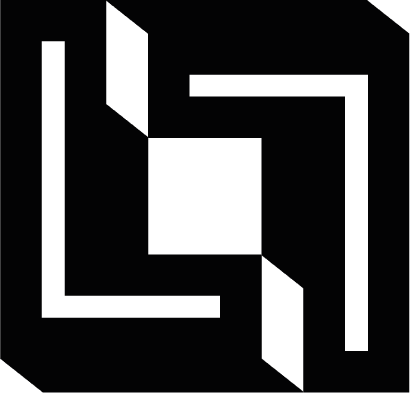free EU shipping over 200€ | non-eu over 300€
sign up for 10% off your first order
free EU shipping over 200€ | non-eu over 300€
sign up for 10% off your first order
free EU shipping over 200€ | non-eu over 300€
sign up for 10% off your first order
